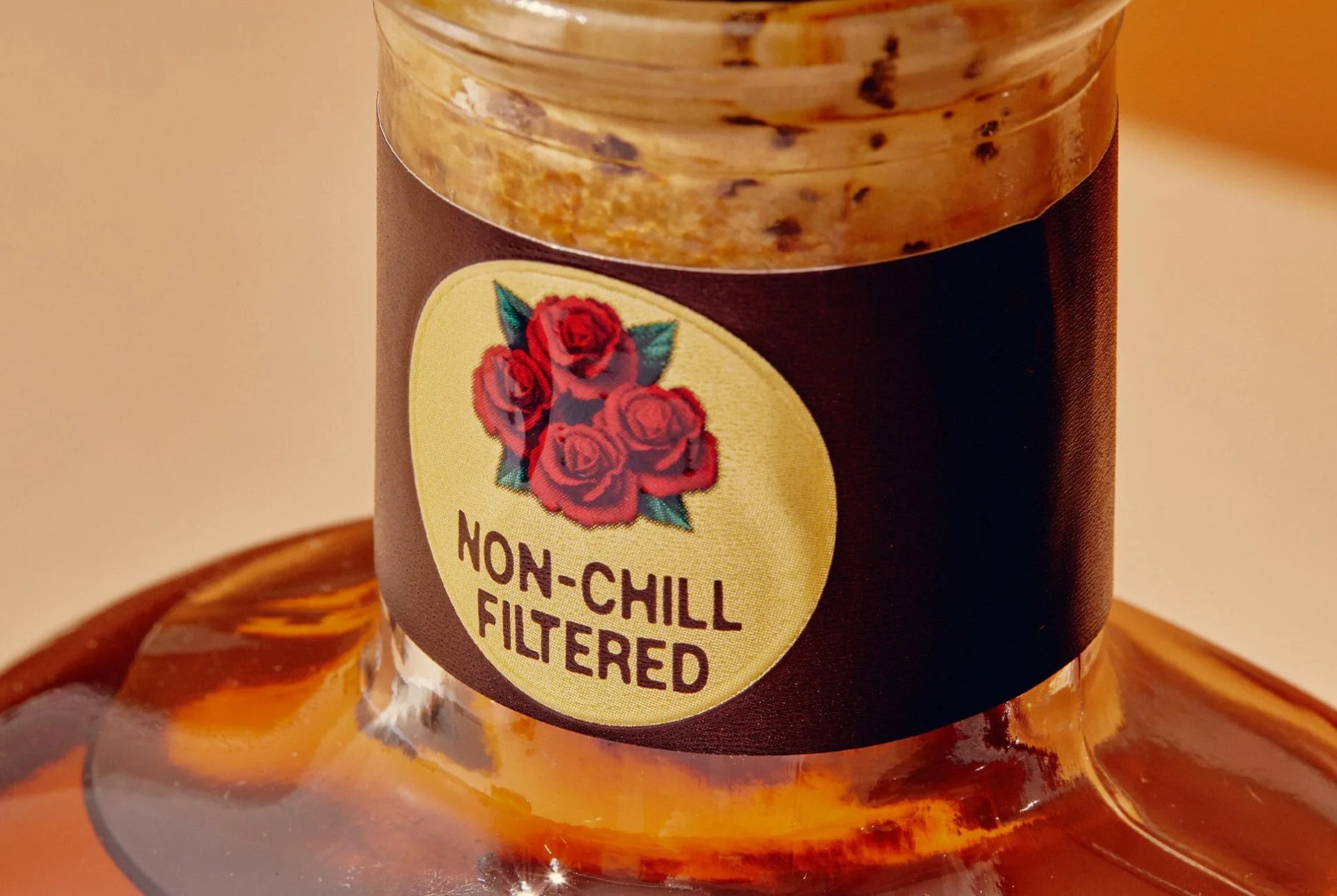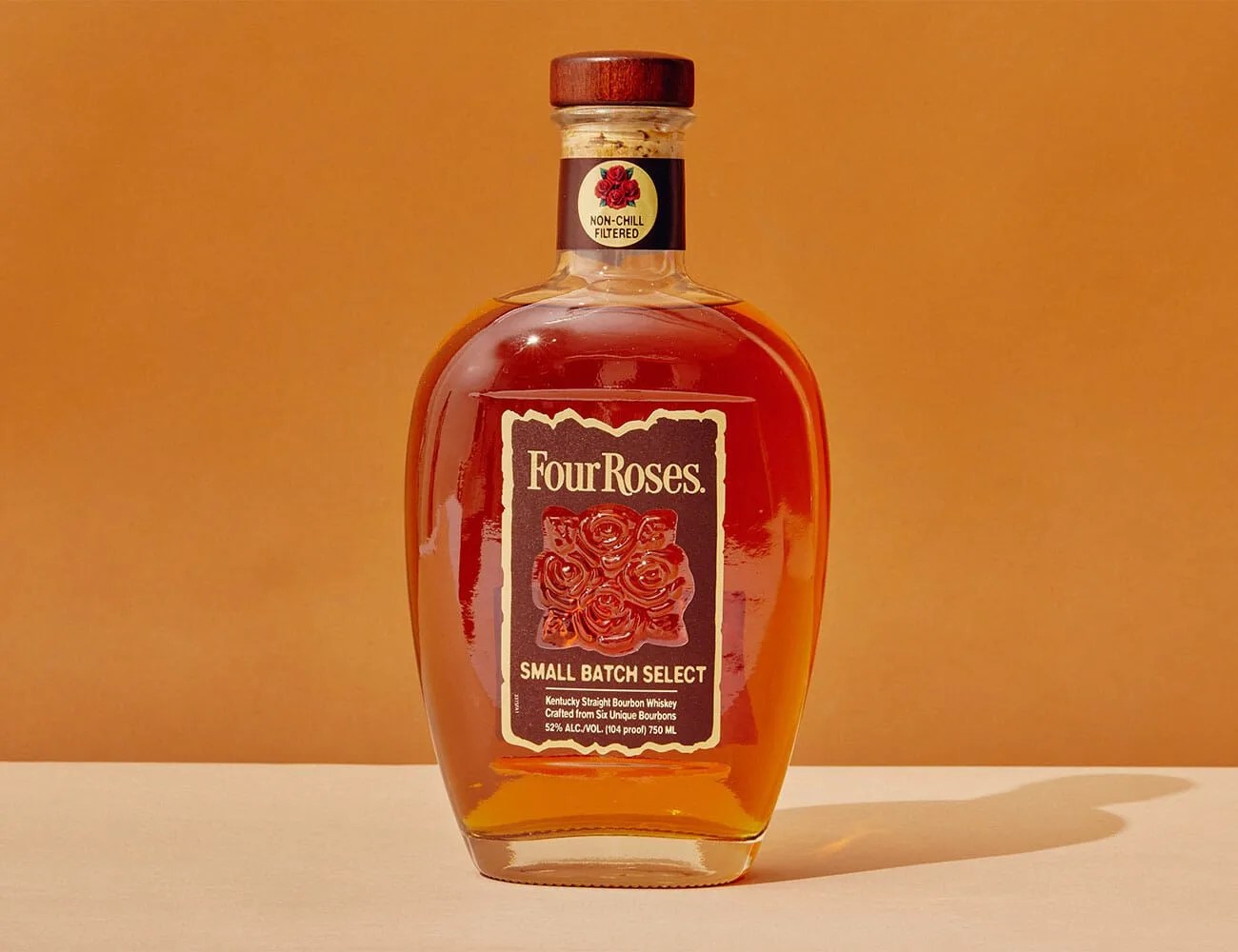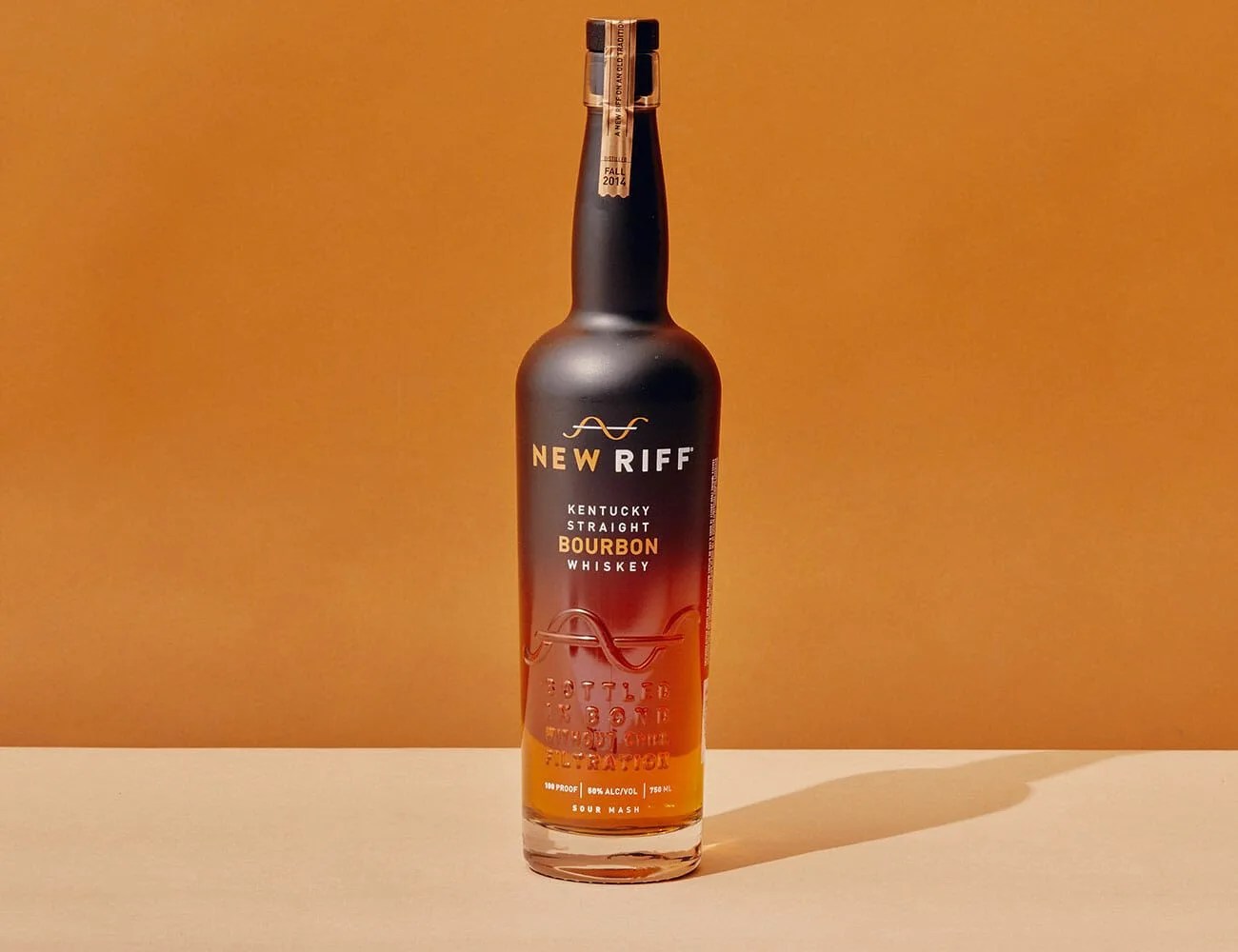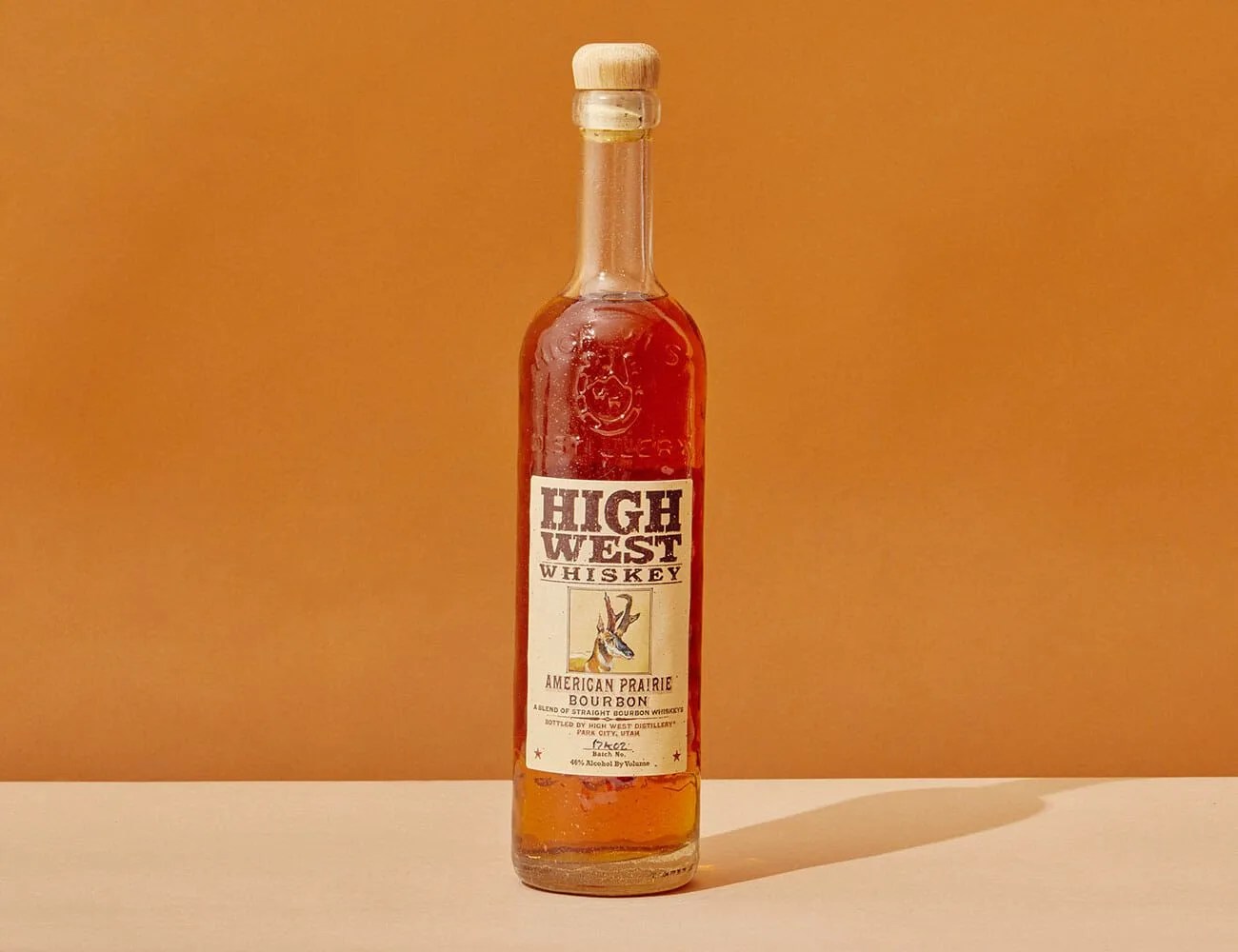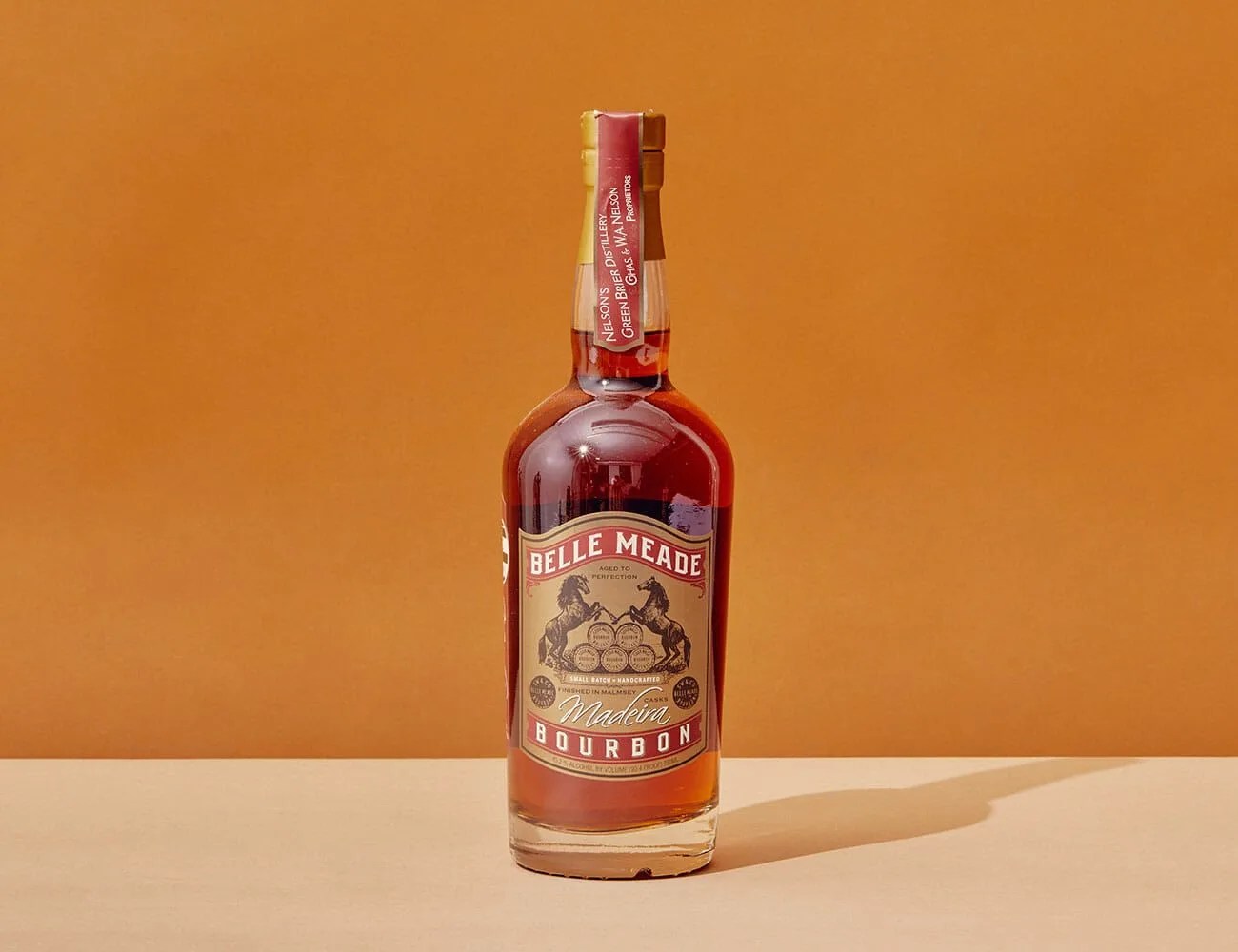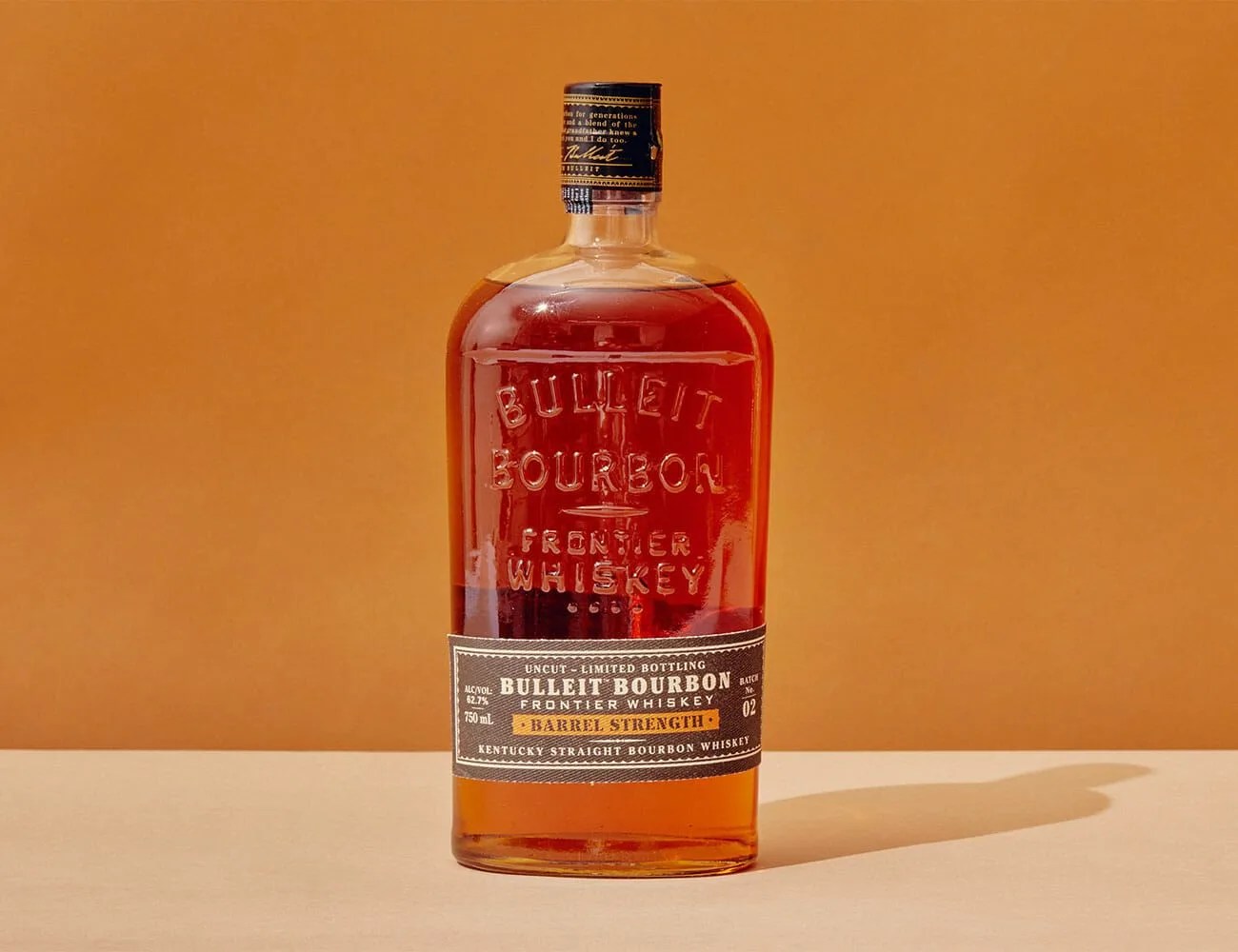Hunched over a small white table with an eyedropper and two Glencairn glasses half-full of Four Roses bourbon, Master Distiller Brent Elliot conducted a science experiment. “A little cold water and you’ll see what I’m talking about,” he said.
Elliot dabbed five drops into one of the glasses, swirled and waited. “There!” he said. “You see that? That’s the cloudiness we’re talking about.”
The occasion was the release of Four Roses’s first new mainline bottle in over a decade, but the subject was the words emblazoned in capital letters on the bottleneck: NON-CHILL FILTERED.
During the fermentation, distillation and barrel-aging processes, spirits develop trace byproducts that take the shape of acetone, esters, tannins, fatty lipids and other particles, collectively called congeners. Non-chill filtered spirits are those spirits that have not had those naturally occurring congeners sieved from them — sort of like natural wine. The effects congeners have on taste is up for debate — some argue filtering them out is tantamount to limiting the depth of flavor, others say their effect is mostly imagined.
In the early days of bourbon filtration, the chief concern was aesthetic: non-chill filtered whiskeys become cloudy at lower temperatures, leading customers to believe there was something awry with the whiskey inside. Chill filtering these particles out of the whiskey became been standard procedure for bourbon makers for 100-plus years hence.
“Some distilleries and brands will lock onto [non-chill filtering] more than others,” said Clay Whittaker, whiskey writer and frequent contributor for Men’s Journal, Town & Country and more. “These places are the ones thinking about authenticity — the most real version of the whiskey.”
Elliot believes non-chill filtering has an effect, but that it may be different — more pronounced or more subdued — depending on the person. “A lot of our customers feel that non-chill-filtered bourbon offers a more natural bourbon experience because nothing has been removed — you know, heavier mouthfeel, more woody flavors, but it’s not a question of good or bad.”

